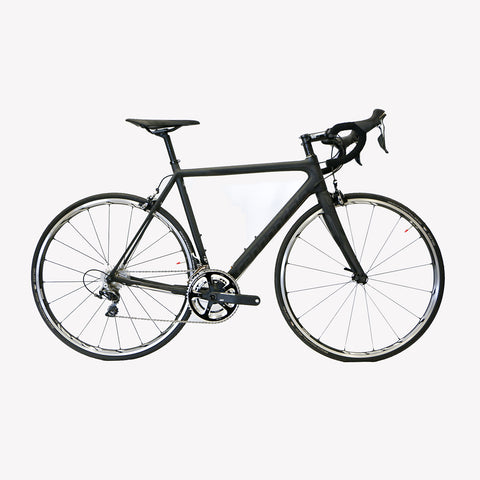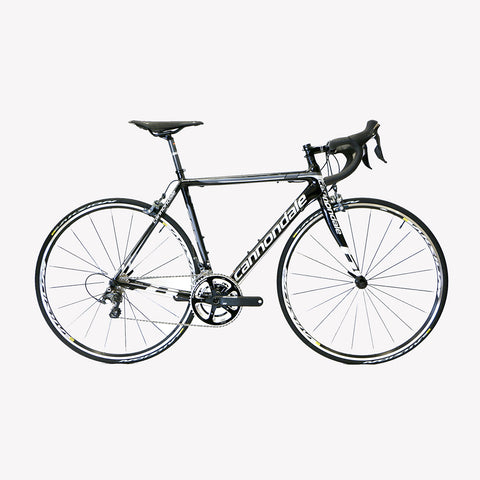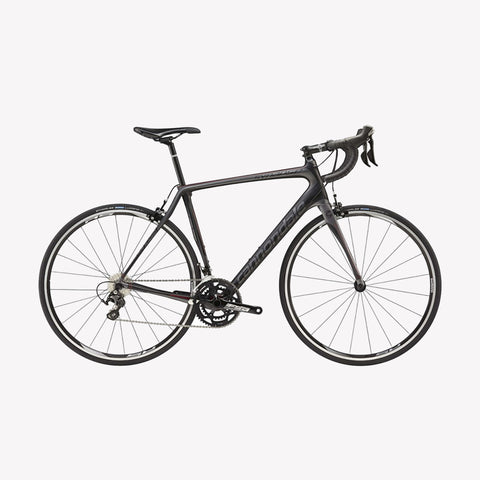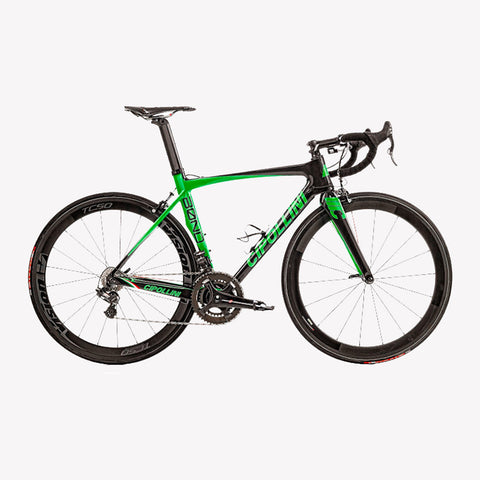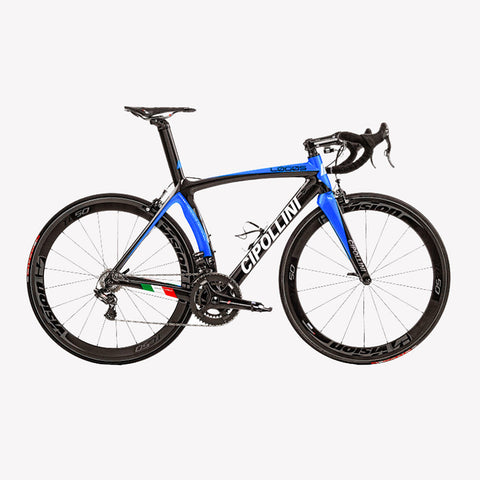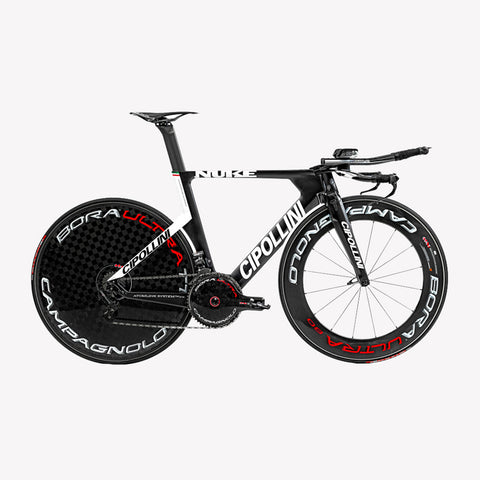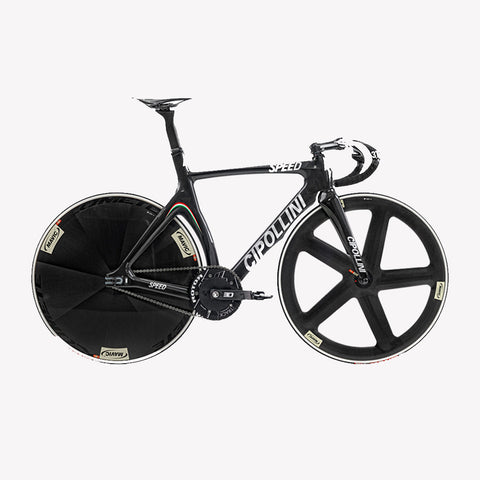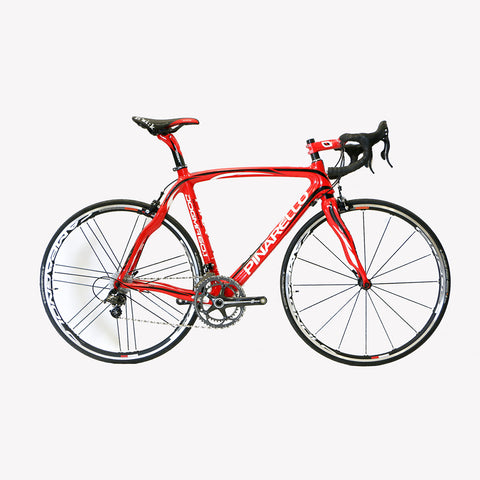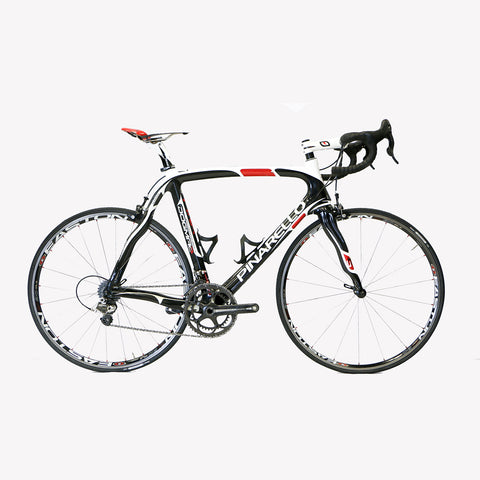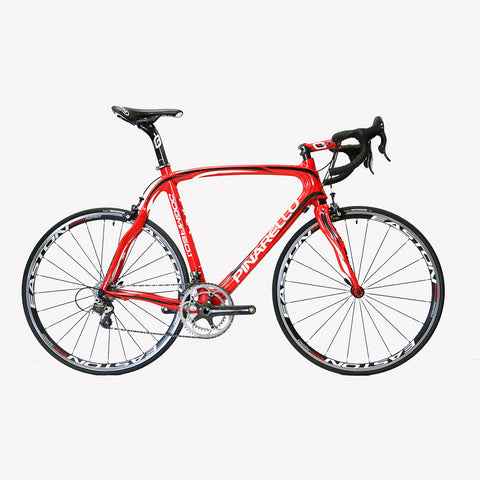PINARELLO DOGMA 65.1 MOVISTAR DURACE 11sp DI2 BIKE
With the original Dogma reaching the top of the asymmetrical design pedestal, Pinarello's engineers were still possessed to relentlessly press on towards race-tuned perfection. In fact, it seems that Pinarello made this its destiny, tirelessly refining what many already called perfect. This dedicated team of frame designers went at it again, working with professional cycling teams around the world to rewrite those asymmetric conventions, developing perhaps the pinnacle of bicycle frame innovation with the new Dogma 65.1 Think 2.
Rather than digging even deeper, and risk damaging the cornerstone of Pinarello engineering in its quest to create the next Dogma successor, the Italian engineers reached out to their Japanese carbon fiber suppliers at Torayca and flatly challenged the composite giant to improve upon its flagship 60HM1K cloth. The end result? The Dogma 65.1 Think2, hewn from Torayca's all-new 65-ton 65HM1K Nano-alloy Carbon Fiber -- a carbon that's more rigid and reactive than anything that Pinarello has ever used on a bike frame. A full 65-tons per square centimeter, to be exact. The increased rigidity allows Pinarello to use less carbon fiber in key areas, thereby lowering the weight of the Dogma and dispelling myths that the Dogma is not a bike for climbers. When you think of the 65.1 Think2, you may think of Britain's Team Sky, perhaps because this bike has been ridden by a Sky rider to Yellow in France for two consecutive years. This year, Chris Froome took top Tour honors, but his wasn't the only Think2 to end up on the podium. Movistar's Nairo Quintana earned second place, the White Jersey, and the Climber's Jersey with this bike.
Even with the new cloth, the Dogma 65.1 Think2 follows in the same mold and distinct identity of the Dogma 2, which, of course, retained much of the asymmetrical shaping of its predecessor. And while the bloodlines of the Dogma are very much intact, Pinarello continues to push the envelope to further enhance the frame's formula. Once again, it has succeeded in the creation of a bike that is stiffer, lighter, and even more responsive than its predecessor. Furthermore, carefully engineered internal cable routing on the new Dogma 65.1 allows for you to easily choose between either mechanical or electronic shifting systems, without any penalty to the bike's aesthetic or its aerodynamic profile. Gone are the days of separate Dogma frames for each system. Instead, the 65.1 features interchangeable cable stops at the frame openings that are capable of being intuitively swapped out should you prefer SRAM Red for one season, then Campagnolo Super Record EPS the next.
During the two years in which the original Dogma sat atop the Pinarello family of frames, Pinarello studied and restudied the forces in action as a rider sprints on the pedals, pulls on the handlebars, and muscles the bike through corners. FEA (finite element analysis) confirmed that the Dogma's asymmetrical design was beneficial in leveling the variances in frame deflection from one side to the other. However, Pinarello knew that it could take the asymmetry to new levels with the Dogma 2 -- continued in the Dogma 65.1. One big change is in the top tube, which has been moved slightly off-center towards the right side of the bike in order to further this effort towards equilibrium.
In addition to this, Pinarello addressed another area for potential improvement -- the aerodynamics and stiffness of the front end of the bike. This Dogma is fitted with a 1.5-inch lower headset bearing, which allows a larger diameter steerer tube at the fork crown. The resulting benefit for you is a 19% boost in front end stiffness, which translates to predictable braking and a more precise steering feel. Another part of the fork redesign includes smoother, more aerodynamic fork legs, and a sculpted crown that integrates seamlessly into the reshaped down tube. With this much attention to the asymmetrical design aspects of the Dogma, it's easy to overlook it from a distance. Only when you're close enough to touch it will you really be able to discern the subtle differences. The left and right sides of the bike bear different tube shapes as well as general tube sizes. You're able to see these differences in the top tube, the fork legs, and both seatstays and chainstays.
As with the 60HM1K carbon fiber, Torayca is again using its Nano-alloy technology on the 65HM1K. Alloy nano-particles are embedded into the carbon itself. Upon significant impact (i.e. a final turn crash at the State Criterium Championship), these particles 'explode.' In other words, they absorb the kinetic energy of impact forces so that the carbon itself won't have to. The other advancement of note on this Dogma is the actual manufacturing process employed in its construction. Pinarello starts with a polystyrene form as a base for the initial layup of material -- a method which is significantly more precise, as each layer is placed exactly where it is designed to be according to the FEA testing. In this regard, it's a more reliable and consistent method than molding with an internal bladder. The use of polystyrene also results in even compaction of the laminate, with less wrinkling of the carbon material or trapped gas or resin that causes structural weak spots over time. The form is removed with a recoverable solvent. A cross-section of this Dogma frame will reveal a surprisingly smooth finish that nearly matches the outside.
The Pinarello Dogma 65.1 Think2 Road Bike Frame is available in 12 sizes from 42 to 62cm and in the colors Black/white gloss, Black/orange matte, BoB, and Movistar. The frame comes standard with the road-dampening Onda 2 asymmetrical carbon fiber fork, a Pinarello integrated 1-1/8 to 1.5in press-in headset, and a Dogma 2 carbon fiber seatpost. It requires an Italian bottom bracket and a braze-on front derailleur.


